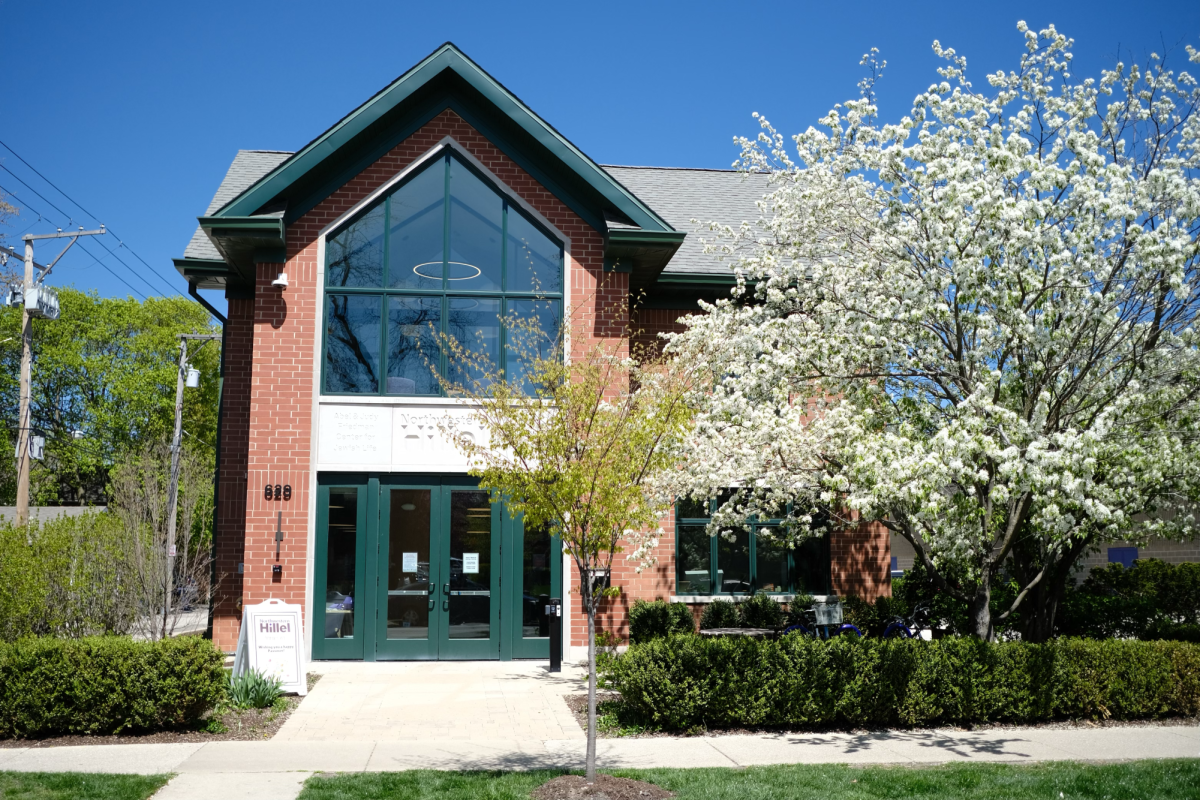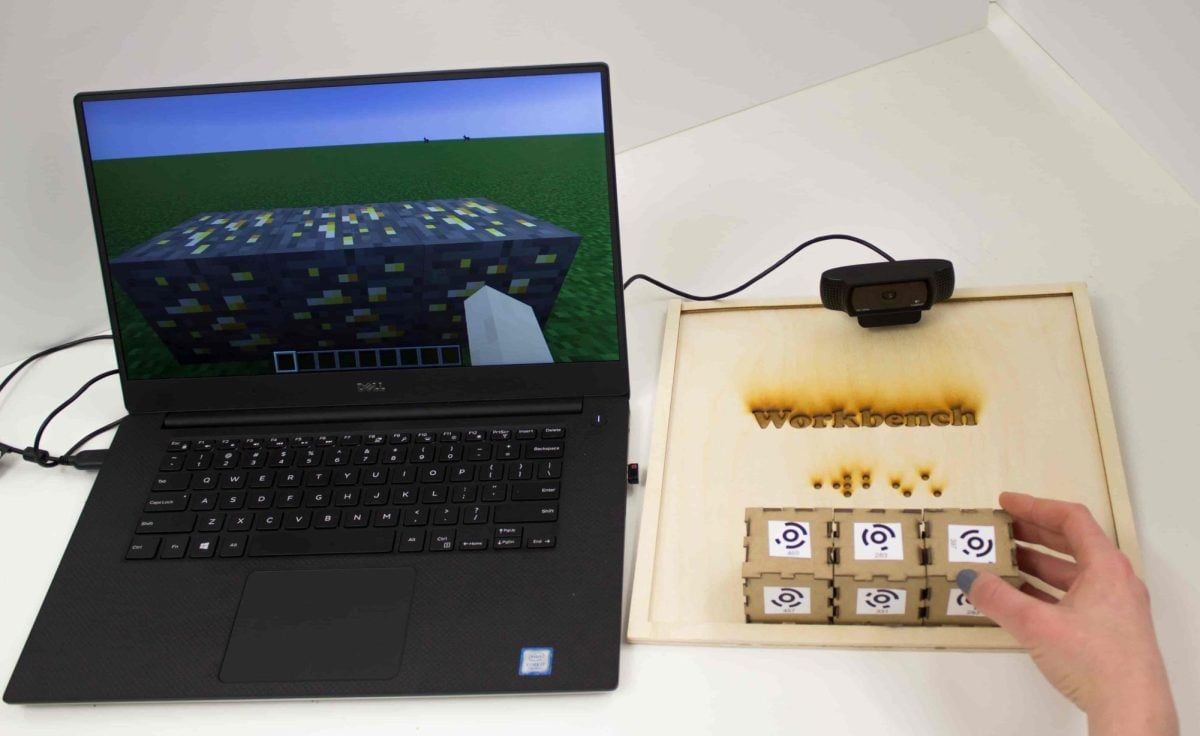A group of Northwestern professors and students has developed a new framework for obtaining solar energy more efficiently and cheaply than solar panels.
McCormick professors Cheng Sun and Wei Chen and third-year mechanical engineering graduate students Shuangcheng Yu and Chen Wang have developed an algorithm for an efficient light-trapping structure that performs at a low cost. For the project, Chen said she and Yu worked in engineering design while Sun and Wang worked in physics modeling and fabrication.
Chen said she wants to bring this framework to the public and work to put it into practice.
“Our interest right now is how do we bring this research to the level of commercialization,” Chen said. “There’s really more to be done to implement the concept in real devices. What we have done right now is mainly just a concept (proving) kind of work.”
The team sent their original proposal for the framework to the National Science Foundation in the summer of 2011.
Chen said she is excited about the attention attracted by the algorithm, which is also being considered for several other purposes.
“We have informal inquiry from people who are using the evolutionary algorithm to design a fabric for clothes,” Chen said. “They found it fascinating that we are using this to design solar cells.”
The algorithm solves a problem in which many environmental researchers clashed with the business market. Solar panels use a single crystal silicon wafer also used in technologies such as cell phones and recorders, Sun said. However, a solar panel requires more of this silicon than a cell phone, making it more expensive.
One solution is to use a thin layer of polymer, but Sun said the polymer doesn’t have a good electric property performance and can’t collect enough current. The professors and students came up with the algorithm for the light-trapping structure to circumvent the problem.
Although most of the work has been at the graduate level, there are undergraduate students who are excited about the development and want to learn more. Mark Silberg, Associated Student Government’s associate vice president for sustainability, said he believes in the potential of this kind of work in the business market.
“Researchers want to prove all the science, and the business guys, who have no understanding of the science, want to bring it to the market.” Silberg said. “There is so much potential of putting together these connections.”
Chen said there’s a long way to go to bring this project to life, but her team is more than willing to present their work to undergraduate groups on campus. There are a lot of opportunities on campus where undergraduates can learn from graduate students, Silberg said.
“Northwestern is one of the most prestigious research centers in the world,” Silberg said. “It’s exciting to be at an institution where the seeds of these technologies are taking root.”













